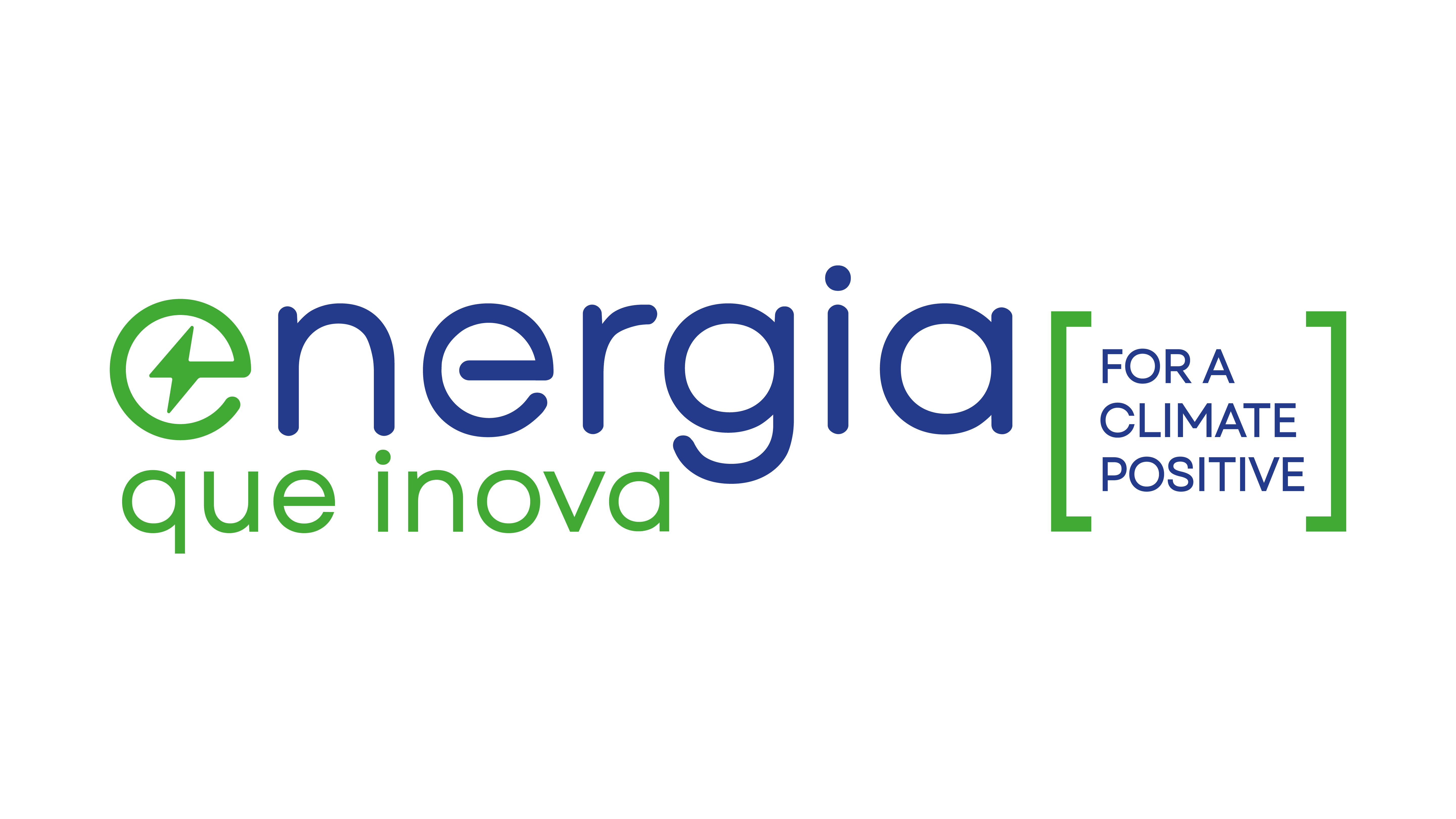A new report from the Intergovernmental Panel on Climate Change warns that the goal of limiting global temperature rise to 1.5°C is unlikely without immediate action. In this context, renewable energies offshoresuch as wind power offshore and ocean, emerge as promising alternatives to boost the global energy transition and create economic and social opportunities.
According to the International Renewable Energy Agency (IRENA), the installed capacity of wind energy offshore grew 18 times, reaching more than 55 gigawatts (GW) in 2022. The installed capacity of ocean energy reached 0.535 GW in 2021. It is estimated that, by 2030, wind energy offshore can reach 380 GW and ocean energy, 350 GW, provided that the main barriers are overcome, such as lengthy licensing protocols and increased investments.
During the 6th IRENA meeting Members' Collaborative Framework on offshore Renewables (CFOR), representatives from 38 Member States, along with 55 representatives from industry and international organizations, discussed the briefing latest from IRENA entitled “Scaling Up Investments in Ocean Energy Technologies”, in collaboration with Ocean Energy Europe (OEE). Furthermore, preparations for the next briefing, “Enabling Frameworks for offshore Wind Scaleup: innovation in permitting“, in collaboration with the Global Wind Energy Council (GWEC).
The upcoming IRENA-GWEC brief will offer crucial recommendations to address challenges related to current wind power licensing protocols offshore. This includes the complexity of administrative processes and the need for centralized authorities to oversee the process.
Just as wind and solar energy received financial support from the public sector to enable consumers to access markets, governments must provide similar support for ocean energy. For this reason, the purpose of the IRENA-OEE brief is to provide a concise guide to decision makers on how to leverage different financial instruments to encourage investments in ocean energy technologies, both wave and tidal.
Lotta Pirttimaa, Senior Policy Director at OEE, underscored the importance of including ocean energy technologies in a sustainable energy future, noting that private investors need market visibility and clear goals from governments to get involved in this sector.
Angela Sarmiento, head of the Office of Regulatory and Business Affairs at the Ministry of Mines and Energy of Colombia and co-facilitator of CFOR, highlighted that renewable energies offshore and ocean energy represent concrete solutions to achieve a decarbonised, sustainable and secure energy ecosystem. Sarmiento highlighted the need to expand investments in these technologies to reap their benefits.
During the second half of the Collaborative Board meeting, the panel discussion on wind energy offshore floating highlighted some important observations. Among them, the importance of establishing goals for the implementation of infrastructure was highlighted. Among them, developing supply chains within a robust regulatory framework, investing in port infrastructure and conducting additional research on the real impact of floating solutions on marine ecosystems.
According to the first observations, a positive effect was found on marine biodiversity close to the plants, due to the creation of “safe” environments between the equipment.
After the meeting, IRENA will collect contributions from members for the preparation of the next summary and report on the progress of publication. The panel discussion recommendations will also be taken into account by IRENA in its ongoing review of wind energy. offshore floating.
Growing awareness of the need to accelerate the global energy transition is driving the search for innovative and sustainable solutions such as renewable energy offshore. With adequate investments, clear policies and collaboration between governments, industry and international organizations, it is possible to overcome the challenges and harness the full potential of these technologies, contributing to a cleaner and more sustainable future.













